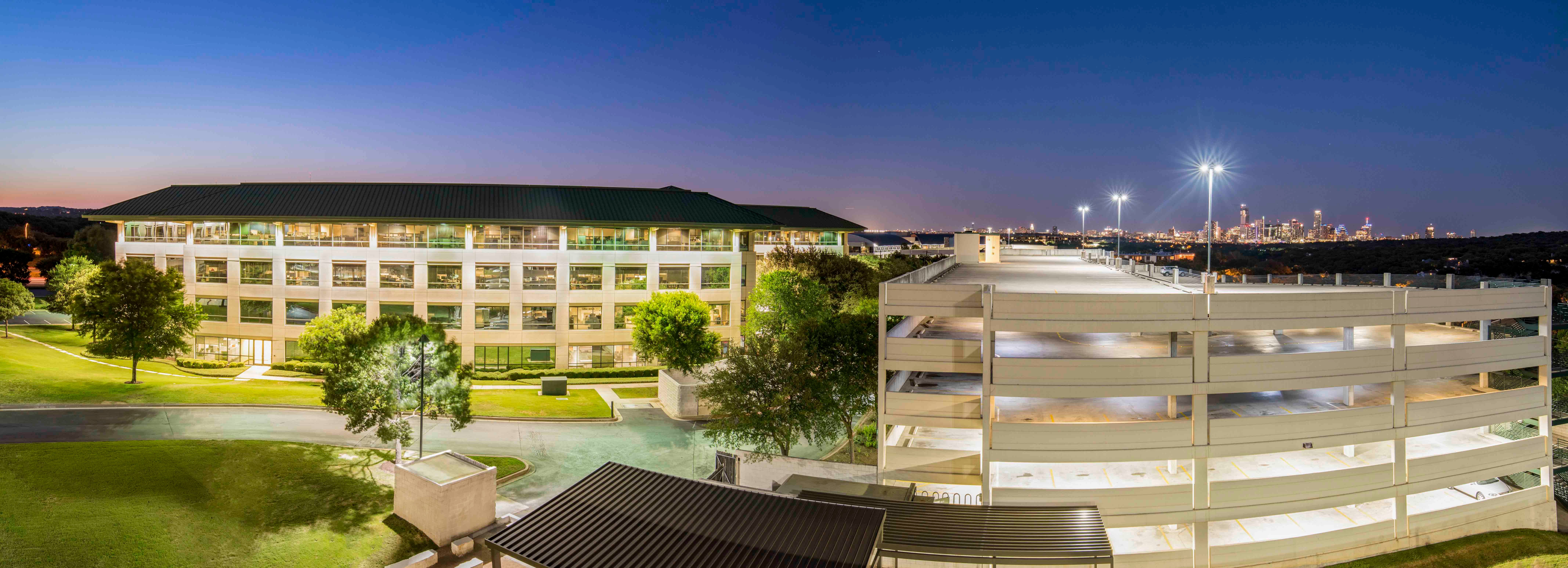AUSTIN-The Great Recession proved to be a tough period for owners and investors in many commercial real estate property sectors. One of the sectors hit quite hard was seniors housing -- as occupancy rates shrank as many seniors chose to stay in their homes instead of selling at the bottom of the abysmal residential market.
Meanwhile, many of these seniors' children were either unemployed or underemployed, leading them to care for aging parents at home, rather than seeking out senior housing options. All of this added up to reduced demand for most forms of senior living facilities.
As housing prices and the unemployment rate have slowly improved over the last three years, the senior living market has also been recovering, albeit at an equally glacial pace. Yet, with senior living occupancy rates still hovering below 90% nationwide, some observers are concerned that there is a bit too much construction taking place and a bit too soon.
Average senior housing occupancy was flat during Q1 2013 as new construction activity increased slightly, according to the National Investment Center (NIC) for the Seniors Housing & Care Industry's NIC MAP data and analysis service. On top of this, it seems as if there are plenty of additional development projects in the pipeline.
This marked the first time since Q2 2010 that average senior housing occupancy failed to increase, NIC found. This means that supply kept pace with demand for the first time in almost three years. Average senior housing occupancy was 89.1 percent during Q1, the same rate as Q4 2012.
Yet, even though the occupancy recovery appears to have stalled – at least temporarily – occupancies are up 80 basis points over a year ago and are 2.2 percent higher than the sector's cyclical low of 86.9% of 2010.
Also, the flat occupancy rate was primarily due to a decline in occupancy rates for assisted living facilities; independent living facilities recorded a small increase. In other words, new ALF construction during Q1 outpaced demand, while ILF construction did not keep up with demand. The ILF occupancy averaged 89.3% during Q1, up 20 basis points, while ALF occupancy declined 20 basis points to 88.8%.
In general, the ILF market has recovered from its 2010 lows a bit faster than the ALF segment, with ILF occupancy now 2.5 percentage points greater than its cyclical low. The occupancy rate for ALFs is 1.9 percent higher.
“We had been seeing independent and assisted living occupancies moving in tandem during the past year,” says Mike Hargrave, NIC's chief market and data strategist, in a statement. “Going forward, we may begin to see a divergence, as inventory growth headwinds have been developing for assisted living, while construction in independent living remains comparatively tempered,”
As for the skilled nursing facilities (SNFs) sector, the occupancy rate was at 88% during Q1, which was a decrease of 0.1% from Q4 2012.
Murray W. Wolf is the founder and publisher of Healthcare Real Estate Insights™, the nation's first and only publication totally dedicated to covering news and trends in healthcare real estate development, financing and investment. For more information, please visit www.HREInsights.com.
© Touchpoint Markets, All Rights Reserved. Request academic re-use from www.copyright.com. All other uses, submit a request to [email protected]. For more inforrmation visit Asset & Logo Licensing.






